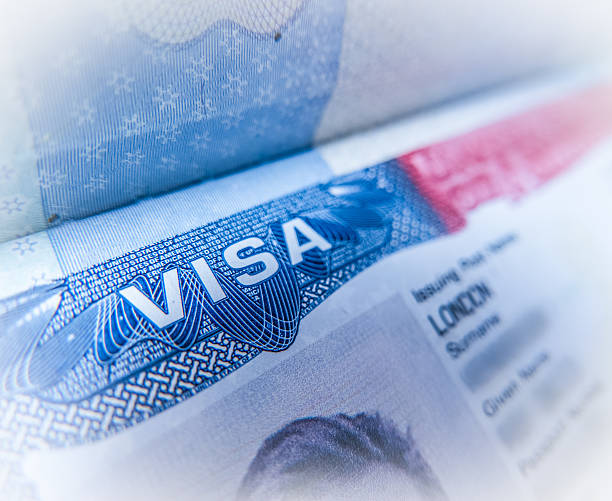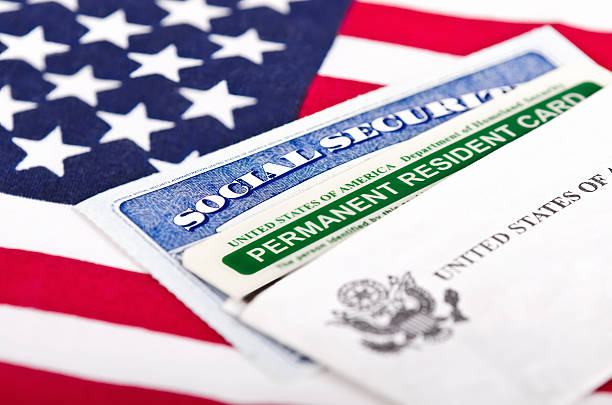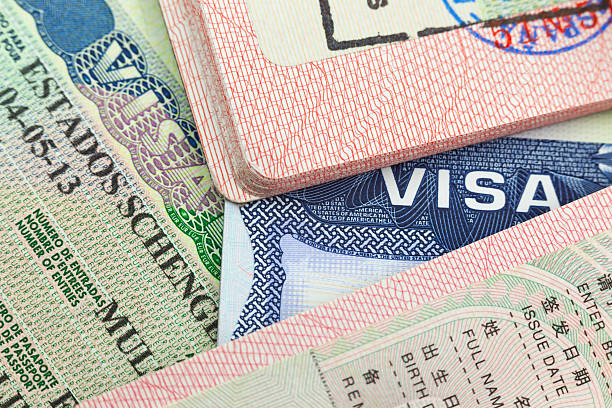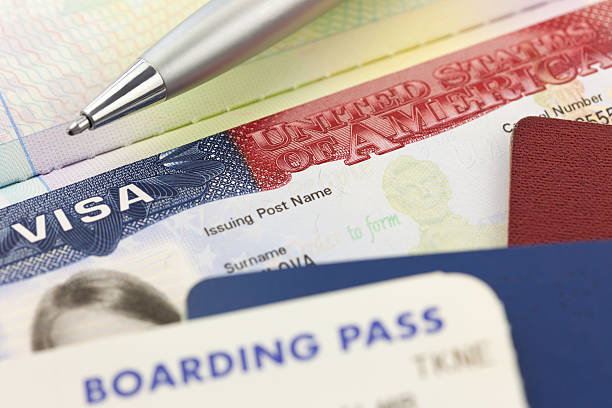
The Future of Border Security and Immigration Control
The Future of Border Security and Immigration Control
As global mobility increases and international migration patterns evolve, the future of border security and immigration control is becoming increasingly complex. Advances in technology, shifting geopolitical landscapes, and changing public attitudes towards immigration are all shaping how countries manage their borders and enforce immigration policies. This blog explores the key trends and developments expected to influence the future of border security and immigration control.
1. Technological Innovations in Border Security
Technology is rapidly transforming border security and immigration control, making it more efficient and effective.
1.1. Biometric Authentication
Biometric technologies, such as facial recognition, fingerprint scanning, and iris recognition, are becoming standard in border control systems. These technologies enhance security by accurately verifying identities and preventing fraud.
For more on biometric technology, visit The Biometrics Institute.
1.2. Automated Border Control Gates
Automated gates using biometric data and e-passports streamline the border crossing process, reducing wait times and improving efficiency. These systems can quickly process travelers while maintaining high security standards.
1.3. Artificial Intelligence and Machine Learning
AI and machine learning are being used to analyze large volumes of data and identify potential security threats. These technologies can predict and prevent illegal activities by analyzing patterns and behaviors.
Learn more about AI in border security at International Association for AI in Security.
2. Evolving Immigration Policies
Immigration policies are continuously evolving to address new challenges and opportunities. Countries are reassessing their approaches to manage migration effectively while addressing humanitarian concerns.
2.1. Focus on Humanitarian and Refugee Issues
As conflicts and environmental disasters drive migration, countries are increasingly focusing on humanitarian and refugee issues. Immigration policies are being adapted to provide support and protection to those in need.
For insights into refugee policies, visit The UN Refugee Agency.
2.2. Data-Driven Immigration Policies
Governments are using data analytics to inform immigration policies and make evidence-based decisions. Data on migration trends, labor market needs, and demographic changes are influencing policy formulation and implementation.
2.3. Regional Agreements and Cooperation
Countries are increasingly engaging in regional agreements and collaborations to manage cross-border issues more effectively. Such agreements focus on shared responsibilities and cooperative approaches to border security and immigration control.
Explore regional cooperation initiatives at European Union Migration.
3. Privacy and Ethical Considerations
The use of advanced technologies and data in border security raises privacy and ethical concerns. Balancing security needs with individual rights is a critical challenge for governments.
3.1. Data Privacy Issues
The collection and storage of biometric and personal data raise concerns about data privacy and security. Governments must ensure that data protection measures are in place to safeguard individuals' information.
3.2. Ethical Implications of Surveillance
Surveillance technologies must be used responsibly to avoid infringing on civil liberties. Ethical considerations include the need for transparency and accountability in how surveillance data is collected and used.
For more on data privacy, visit Privacy International.
4. The Impact of Global Events on Border Security
Global events such as pandemics, geopolitical conflicts, and economic crises have significant impacts on border security and immigration control.
4.1. Pandemic Responses
The COVID-19 pandemic highlighted the need for flexible and responsive border security measures. Health screenings, travel restrictions, and quarantine protocols became essential components of border management.
For updates on pandemic-related travel measures, visit World Health Organization.
4.2. Geopolitical Tensions
Geopolitical tensions and conflicts influence immigration policies and border security strategies. Countries may implement stricter controls or adapt their policies based on the prevailing geopolitical climate.
4.3. Economic Factors
Economic conditions and labor market demands can affect immigration policies. Countries may adjust their visa programs and border security measures to align with economic needs and opportunities.
5. Future Trends and Predictions
Looking ahead, several trends and predictions will shape the future of border security and immigration control.
5.1. Increased Use of Technology
The integration of advanced technologies such as biometric systems, AI, and blockchain is expected to enhance border security and streamline immigration processes.
5.2. Greater Emphasis on International Cooperation
International cooperation and agreements will play a crucial role in managing global migration challenges. Collaborative approaches will help address security, humanitarian, and policy issues more effectively.
5.3. Evolving Legal and Ethical Standards
As technology and policies evolve, legal and ethical standards will need to adapt to ensure that border security and immigration control are conducted in a fair and responsible manner.
Conclusion
The future of border security and immigration control is being shaped by technological advancements, evolving policies, and global events. As countries navigate these changes, they must balance security needs with privacy concerns and ethical considerations. By staying informed about emerging trends and developments, governments and individuals can better prepare for the evolving landscape of border security and immigration control.



















































